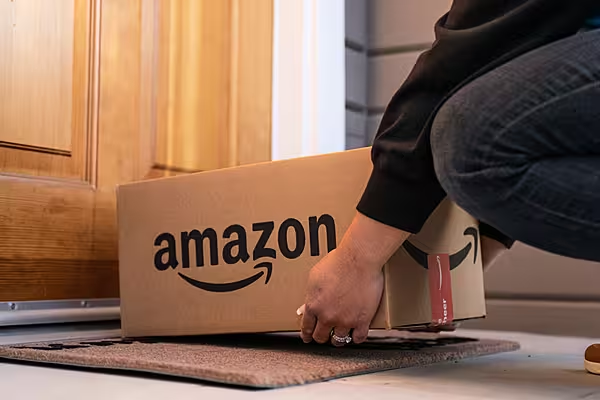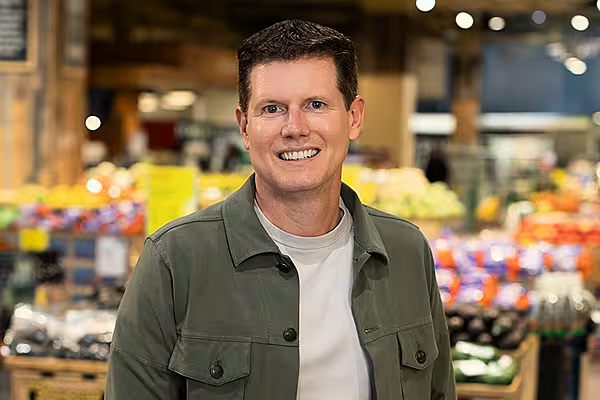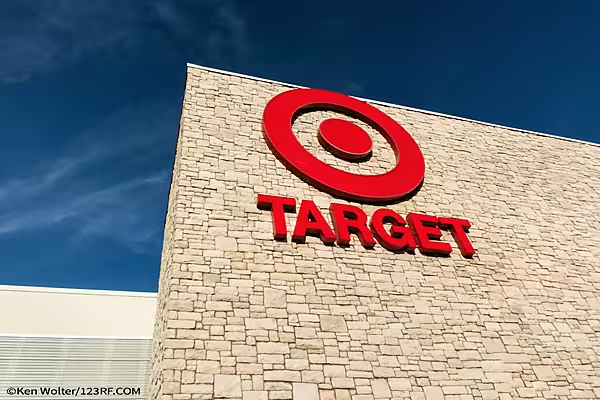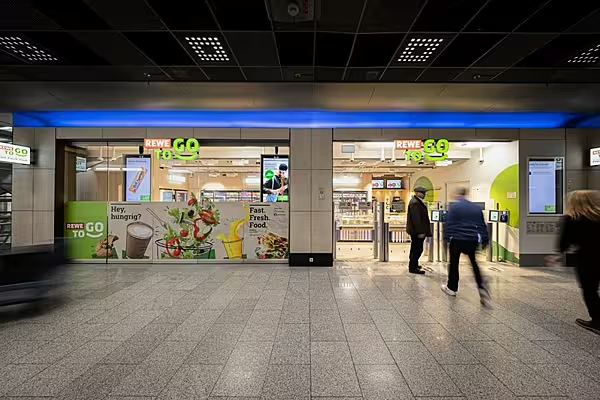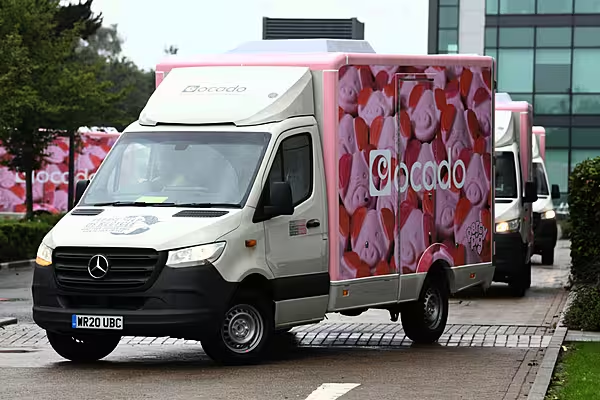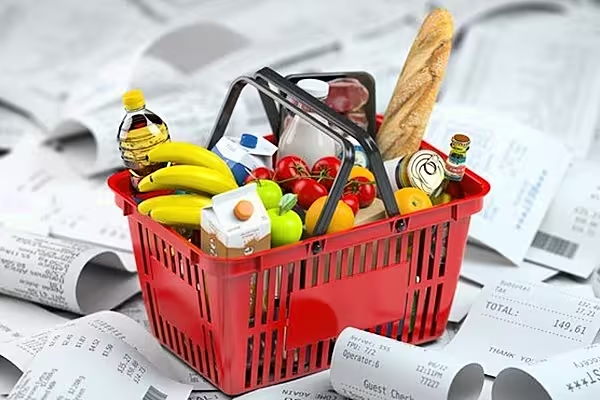Amazon.com Inc., which has lost billions overseas trying to replicate its US success, is now attempting to crack one of the biggest and most sparsely populated nations where bricks-and-mortar retailers are king.
The Seattle-based company, which sells everything from groceries and big-screen TVs to high-end fashion, says it’s “actively looking” for a warehouse as it prepares to start operations in Australia. Anticipating a price war, analysts have almost halved profit forecasts for local electronics chains such as Harvey Norman Holdings Ltd. and JB Hi-Fi Ltd.
But the world’s largest online retailer, which has exported its model to Germany, the UK, Japan and most recently India, faces unprecedented challenges in Australia.
Challenges
It’s a nation almost as large as the US but home to just 24 million people. Major population pockets can be 4,000 kilometers apart, driving up the cost of fast deliveries. Wages are higher than in most major developed nations. And the quantity of red tape means it’s easier to do business in Macedonia, according to rankings by the World Bank.
Compared with the most advanced markets for internet shopping, Australia doesn’t come close. Buying goods online is at least twice as popular in South Korea, China and the U.K., according to Euromonitor International.
“We’ve already got an entrenched group of consumers shopping with incumbent players,’’ said Gary Mortimer, an associate professor at Queensland University of Technology’s business school who specializes in retail and logistics. “There needs to be a really good offer to get them to stop and switch.”
The cost of serving Australia’s biggest cities, from Perth in the west to Sydney on the eastern seaboard, will undermine Amazon’s high-volume, low-margin model, said Mortimer. He spent two decades working for Australian retailers including major supermarket chain Coles, part of Wesfarmers Ltd., as well as department store operator Myer Holdings Ltd. “When they arrive, the distance is going to be a problem,’’ Mortimer said.
One-Hour Delivery
At home, Amazon has a market value of $475 billion and dominates e-commerce. North American revenue accounted for almost two-thirds of the company’s $136 billion in sales last year, when net income quadrupled to $2.4 billion. Through its $99-a-year Amazon Prime subscription, the company is cutting delivery times, offering batteries, cleaning products or toothpaste in as little as an hour in dozens of cities. The goal: combine the convenience of online shopping with the instant gratification of a quick trip to the store.
It’s tougher to replicate domestic success overseas. While sales at Amazon’s international business have soared, the division has posted consecutive pretax losses since 2012 totaling $2.2 billion as the company invests in new markets, according to Amazon’s annual reports.
Costly Business
“It is costly to establish, develop, and maintain international operations and websites,” Amazon says in its latest report. “Our international operations may not be profitable on a sustained basis.”
A Sydney-based representative for Amazon declined to comment on the specific challenges it will face in Australia or say when it will launch a retail offering. Amazon has sold e-books in Australia since 2013.
With nine out of 10 Australian households already online, the growth of Internet retail sales will almost halve in the nation in the next five years, according to IBISWorld Pty. Internet shopping will be worth A$28 billion ($21 billion) by 2022, up from about A$18 billion now, the Melbourne-based researcher said in a November report, before Amazon confirmed its Australian plans.
Despite the immediate challenges, Australia is a key piece of Amazon’s long-term goal of creating a global distribution network that connects buyers and sellers from many countries. That warrants big initial investments without near-term returns.
"Amazon’s ultimate ambition is to have the presence it has in the U.S. everywhere in the world," said James Wang, an internet analyst at New York-based ARK Invest. "They’re operating on a very long timeline and Australia is another square on the chess board."
With operations in India and Australia, Amazon will have key shipping hubs and inventory supplies from which it can serve Southeast Asia. Chinese internet giant Alibaba Group Holding Ltd. also has its eye on the region, and paid about $1 billion last year for control of Lazada Group SA, which sells clothes and electronics online across Southeast Asia.
‘Learning Exercise’
The Australian market is also wide open for greater competition. Coles and Woolworths Ltd. alone account for more than two thirds of the AUS $90 billion spent at Australian supermarkets in the past year, according to Roy Morgan Research.
More than anything, Amazon Prime will change the way Australians shop, said George Freney, Sydney-based chief executive officer and co-founder of Booodl Pty, a startup that connects shoppers with local stores.
“If you talk to an American who’s recently moved to Australia and ask them what they miss most, it certainly ain’t going to be the politics or the beer,” he said. “Most of them will say Amazon.”
Amazon may start selling everything from non-perishable groceries to books and electronics in Australia by the end of 2017, said Bryan Raymond, a Sydney-based Citigroup Inc. analyst who’s heard feedback from local suppliers. Amazon Prime might be available from the outset in Sydney, Melbourne and Brisbane, the nation’s biggest cities, he said.
“The biggest difference is around density of population,” Raymond said by phone. “Combine that with relatively higher labor costs, and it does make it a reasonably high-cost market.”
Nominal wages in Australia are the highest of any overseas market where Amazon has a dedicated website or physical operation, based on a list of countries in Amazon’s 2016 annual report, and the latest Global Wage Report by the International Labour Organization, a United Nations agency.
Managing costs and delivering products on time will be Amazon’s biggest tests in Australia, said QUT’s Mortimer.
“It’s quite a big learning exercise for a new entrant.’’
News by Bloomberg, edited by ESM. Click subscribe to sign up to ESM: The European Supermarket Magazine.

